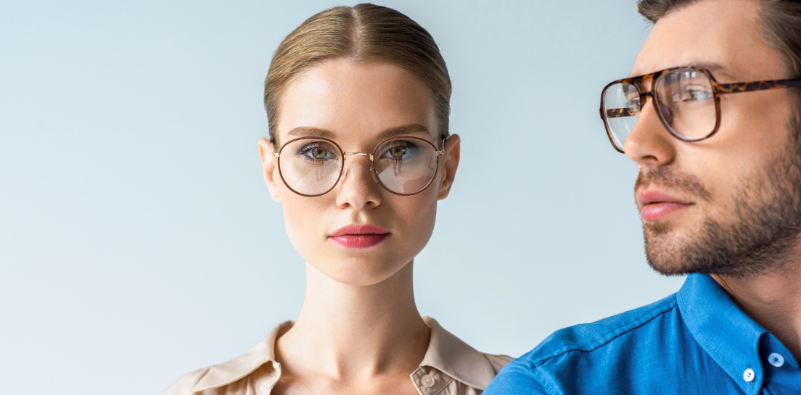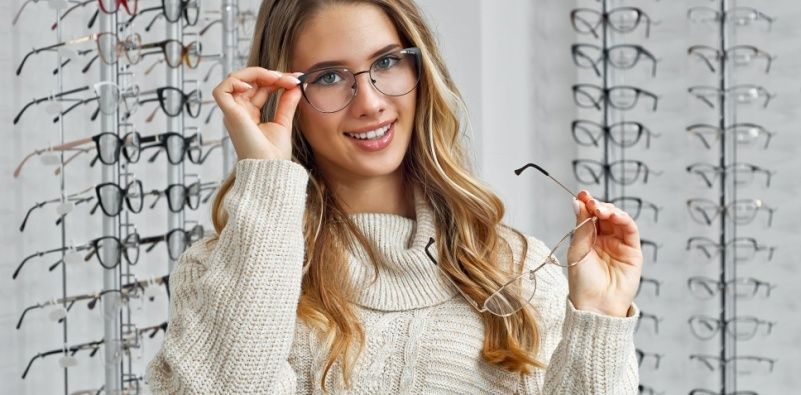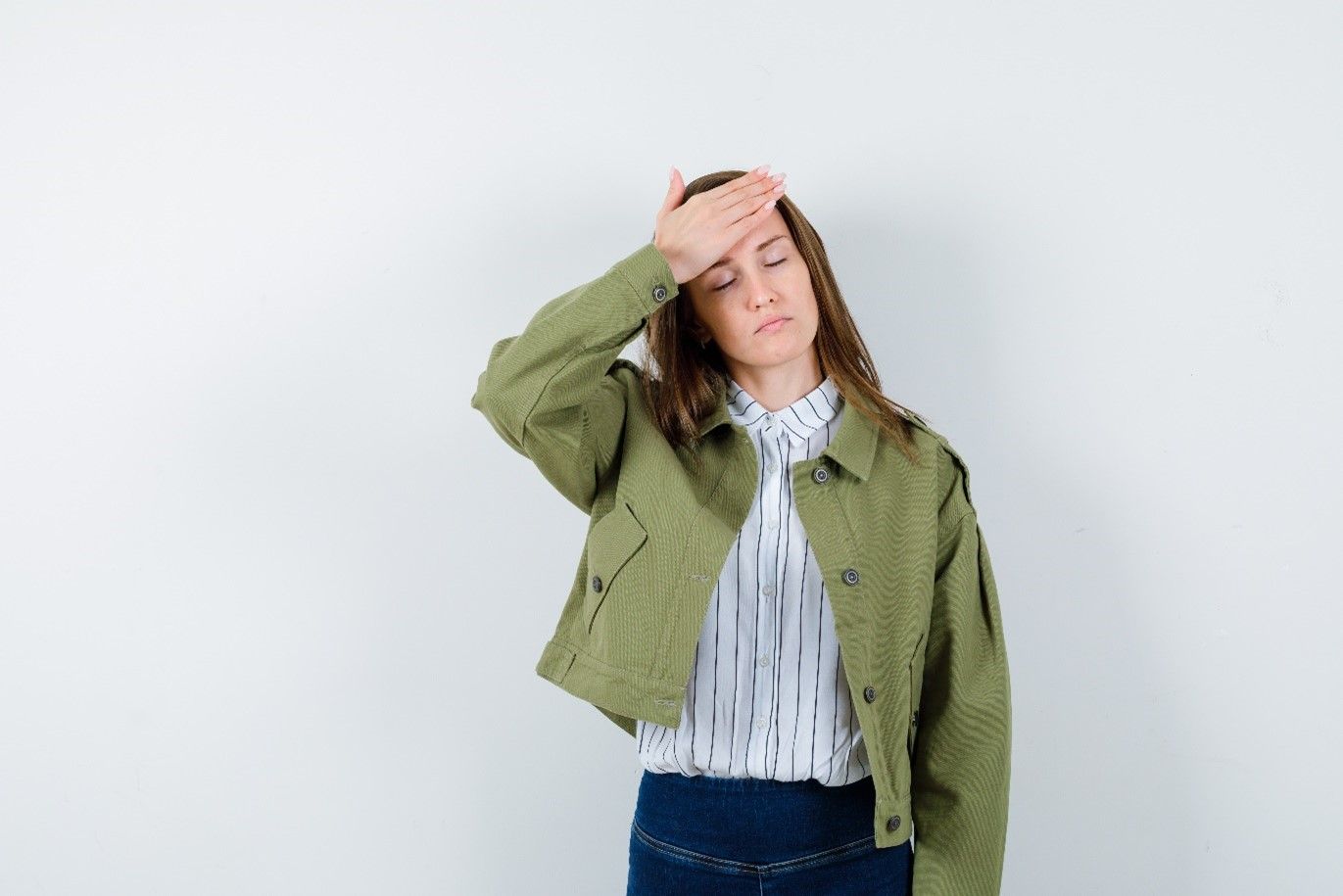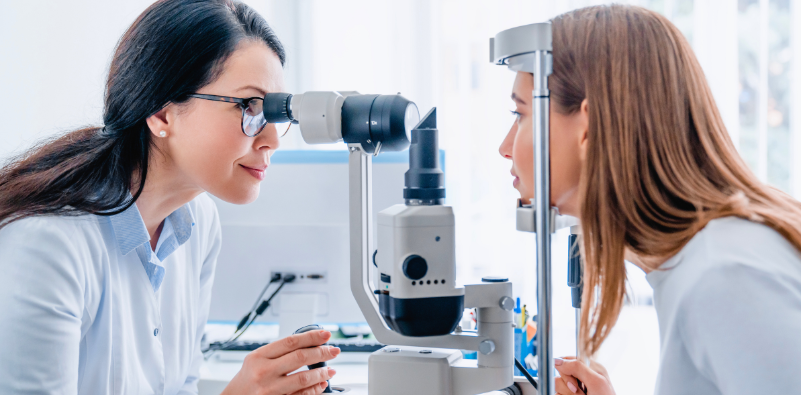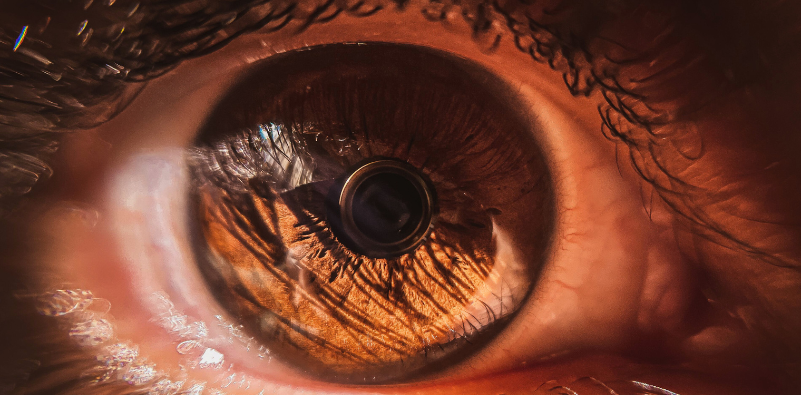How To Avoid Eye Strain
With the recent advancement of technology, eye strain is on the rise. The use of screens has become an essential part of our day to day lives, a recent study has found that most UK adults spend nearly 9 hours a day looking at screens. This has led to a significant number of adults straining their eyes. A recent study has shown that 50%-90% of office workers in the UK are suffering from eye strain. Eye strain can lead to symptoms of blurry vision, headaches, dry eye, eye fatigue and increased sensitivity to light.
Whilst it can be difficult to reduce the amount of screen time you have during the day, particularly if you are an office worker, there are steps you can take to reduce the risk of eye strain.
Adjust The Lighting – Your eyes can easily begin to suffer from straining due to the brightness settings on your device. If your device is on a higher brightness setting to your surroundings your eyes will be subject to strain. Try to reduce the brightness settings on your phone, computer and other devices. Your eyes can also start to strain if you are in a dimly lit room. Ensure that you are in a well-lit room when using a device. The best kind of light is soft or natural lighting, fluorescent lighting can also cause eye strain due to the intensity of the lighting. To help with the glare and brightness given off by a screen
Blink More Often – We generally blink 15 times a minute, however when we are looking at a screen the number of times that we blink can drop by up to a third. The reduction in blinking can cause your eyes to become dry and straining will occur. In order to prevent this from happening aim to blink slowly 10 times every 20 minutes.
Take Frequent Breaks From Your Screen – Whilst this may be difficult if you work within an office, it is important to try and take breaks away from your screen. It is recommended to take a 15-minute break away from your screen for every two hours you have been looking at it. If this isn’t possible, aim to take at least four 5-minute breaks away from your screen a day, on top of your 30-minute lunch break.
Reorganise Your Workspace – Sometimes just moving your workspace around can help with a reduction of eye strain. Make sure that your computer is no closer than 40 cm to your face, this will help with your eyes focusing. Make sure that the top of your screen is at or just below eye level to prevent working with your neck at a certain angle.
Book an Eye Test – Having regular eye test can help to prevent any serious eye problems before they develop. Your optician will also be able to tell you if your eyes have been suffering from eye strain, you may be prescribed glasses to wear during screen time to help reduce any straining or eye fatigue.
If you are worried about straining your eyes, book an
appointment at your local Harrold’s branch. Our friendly team can provide you
with personalised advice to help with any strain on your eyes. We also have an
exceptional range of different glasses to choose from if you need a new pair!
Book an appointment today here - https://harroldopticians.mysight.uk/Home/Welcome

